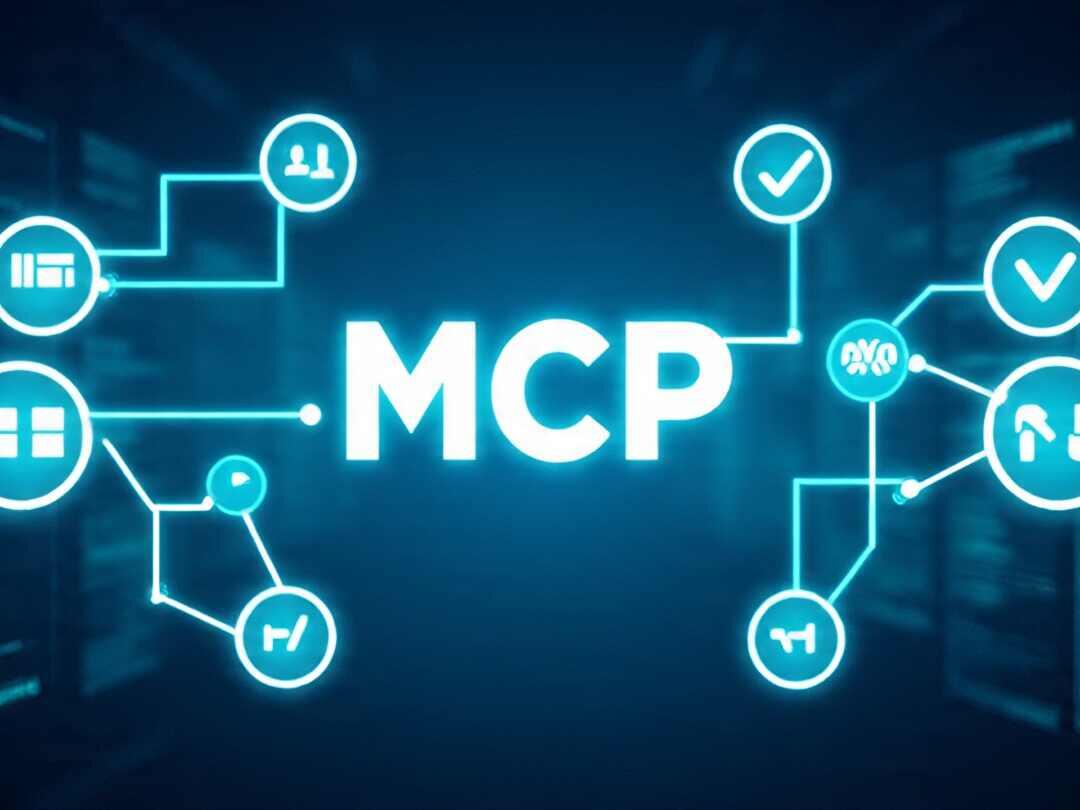
| Last Update | 06 Jul, 2025 |
| Created | 26 Jun, 2025 |
| Category | Educational Content |
| Total View | 17 |
| Tags | Model Context Protocol MCP AI MCP Protocol Context Protocol AI Model Context Management AI Protocols Structured AI Memory AI Developer Tools |
Model Context Protocol (MCP) is a structured standard for managing, loading, and maintaining memory or context across AI models. It is especially relevant when dealing with large language models (LLMs), memory-based AI systems, or any stateful conversational or decision-making agent.
MCP is a protocol specification that defines how context (user, app, or session data) is structured, sent to, and updated in a model.
Goals of MCP:
Manage persistent memory/state for AI
Improve long-term context retention in LLMs
Standardize communication between frontend/backend and model context
MCP organizes the context in structured formats such as:
{
"memory": {
"user": {
"name": "Alice",
"location": "New York",
"preferences": [
"news",
"tech"
]
},
"session": {
"intent": "book a flight",
"last_message": "I want to fly to Paris"
},
"app": {
"plan": "pro",
"features_enabled": [
"export",
"custom styling"
]
}
}
}✅ user: Persisted across sessions
✅ session: Temporary per conversation
✅ app: App-wide or org-specific data
user: Global user profile
session: Runtime data (chat, inputs, temporary states)
app: Features, permissions, settings
Send MCP data as part of API calls to LLMs (e.g., OpenAI, Claude, Gemini, Mistral) or your own model router.
{
"model": "gpt-4",
"context_protocol": "MCP/2024-06-01",
"input": "What’s my current plan?",
"memory": {
"user": {
"name": "Monish",
"plan": "Premium"
}
}
}
Models that support MCP can update memory like:
{
"updates": {
"user.name": "Monish Roy",
"user.country": "Bangladesh"
}
}Store this data on your backend and inject into future prompts.
| Use Case | Description |
| AI Assistants | Retain user name, tone, preferences |
| AI CRM Tools | Save company, contact history |
| Developer Tools (e.g., IDEs) | Remember coding style, patterns, past actions |
| E-commerce AI | Remember cart, preferences, purchase history |
📦 Modular context management
📈 Improves model performance by reducing prompt size
🔄 Supports memory updates across interactions
🔐 Encourages secure and contextual memory segregation
Yes, MCP is an emerging open protocol adopted by various LLM platforms like OpenAI and others to manage memory and context consistently.
Not necessarily. Use it only when state or memory is important — such as for chatbots, AI agents, or personalized systems.
Yes — if your platform supports persistent memory, you can store and retrieve it across sessions via the MCP structure.
Yes. OpenAI’s ChatGPT supports MCP natively under the memory and tool_choice systems (since 2024). It follows the MCP/2024-06-01 specification.
Yes, if you build a memory manager around your inference system (e.g., with LangChain, LlamaIndex, etc.).
The Model Context Protocol (MCP) is a powerful and flexible approach to managing context and memory across AI applications. By structuring data into user, session, and app layers, MCP helps developers build more personalized, consistent, and efficient AI experiences.
Whether you're building chatbots, AI assistants, developer tools, or enterprise agents, MCP provides a future-proof method to handle memory, adapt to user behavior, and maintain coherent conversations over time.
As the AI landscape grows more complex, implementing MCP can significantly enhance your application's intelligence and user satisfaction. Start by structuring your data clearly, integrate memory updates, and optimize model responses using this elegant and standardized protocol.
{
"memory": {
"user": {
"name": "Ravi",
"language": "Hindi"
},
"session": {
"last_command": "Translate to Spanish"
}
},
"input": "What did I just ask you?"
}